 This week will see investitures of new knights in the Sacred Military Constantinian Order of St George in the UK.
This week will see investitures of new knights in the Sacred Military Constantinian Order of St George in the UK.They take place at Brompton Oratory in London.
The investees include His Serene Highness Albert II, the Prince of Thurn und Taxis, Sir Nicholas Mander, Bart, Mark Watson-Gandy of Myrton, Baron of Myrton, and Rafe Heydel-Mankoo Esq.
The insignia of the Order, as in the gold star of a Knight of Justice (left), include the Chi-Rho symbol of the ancient Labarum, the first two letters in Greek of Christos (Christ), together with the Alpha and Omega, the first and last letters of the Greek alphabet, indicating that Christ is first and last.
Outside this are the letters IHSV representing In Hoc Signo Vinces, the Latin transliteration of the Greek words en touta nika (meaning "in this (sign) conquer") seen in the sky by the Emperor Constantine just before his victory at the Battle of the Milvian Bridge which gave him the Roman Empire and allowed him, later, to make Christianity the official religion of the Empire.
The Sacred Military Constantinian Order of Saint George was incorporated as a Religious Order of the Roman Catholic Church hereditary in the House of Farnese and its Bourbon heirs dating from the transfer to Francesco Farnese, Duke of Parma and Piacenza, in 1698.
In 1731 the Grand Magistery was inherited by HRH the Infante Don Carlos de Borbon y Farnese (from 1759-88, King Charles III of Spain), eldest son of King Philip V of Spain and Elisabeth of Parma, who also inherited the duchies of Parma and Piacenza from the Farnese.
Statutes of the Order dating from the sixteenth century show that rules were confirmed and amended by the Byzantine Emperors Isaac Angelus and Michael Paleologus and the aim of the imperial founders was to revive the Guard of 50 Knights that escorted the Labarum, the Chi-rho emblazoned banner of the Emperor Constantine I.
The Constantinian Order subsequently received confirmation as a Religious-Military Order from the Holy See and, together with the Order of Malta, is the only international Catholic Order which has maintained this status unchanged to the present day.
The Order is regulated as a subject of canon law, and the succession to the Grand Magistery is governed first by the statutes of 1705, approved by Papal Brief in 1706 and the Bull Militantis Ecclesiae of 1718, and then confirmed in the statutes of 1922 approved by Papal Placet (these statutes have again been modified in 1934, 1943, 1987 and 2004).
In 1910 Pope St Pius X appointed the first of three successive Cardinal Protectors and, in 1913, approved a series of privileges for the chaplains of the Order. In 1915 Pope Benedict XV dedicated the Constantinian Chapel in the Basilica of Santa Croce al Flaminio, which had been built with donations from the knights, who included Monsignor Eugenio Pacelli, later Pope Pius XII. In 1916 the Pope restored the Church of Saint Anthony Abbot to the Order. In 1919 new statutes received Papal approval and Cardinal Ranuzzi de' Bianchi was appointed Cardinal Protector.
The Grand Master of the Order is HRH the Infante Don Carlos, Duke of Calabria, first cousin to HM the King of Spain.
 The Grand Master of the Order,
The Grand Master of the Order,HRH the Infante Don Carlos, Duke of Calabria,
first cousin to HM the King of Spain

St George the Martyr, pray for us!
Emperor Constantine I, pray for us!
Empress St Helena, foundress of the True Cross, pray for us!
Emperor Constantine I, pray for us!
Empress St Helena, foundress of the True Cross, pray for us!

...










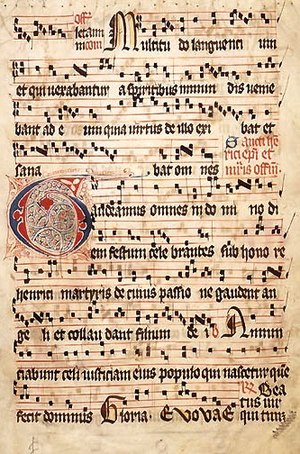

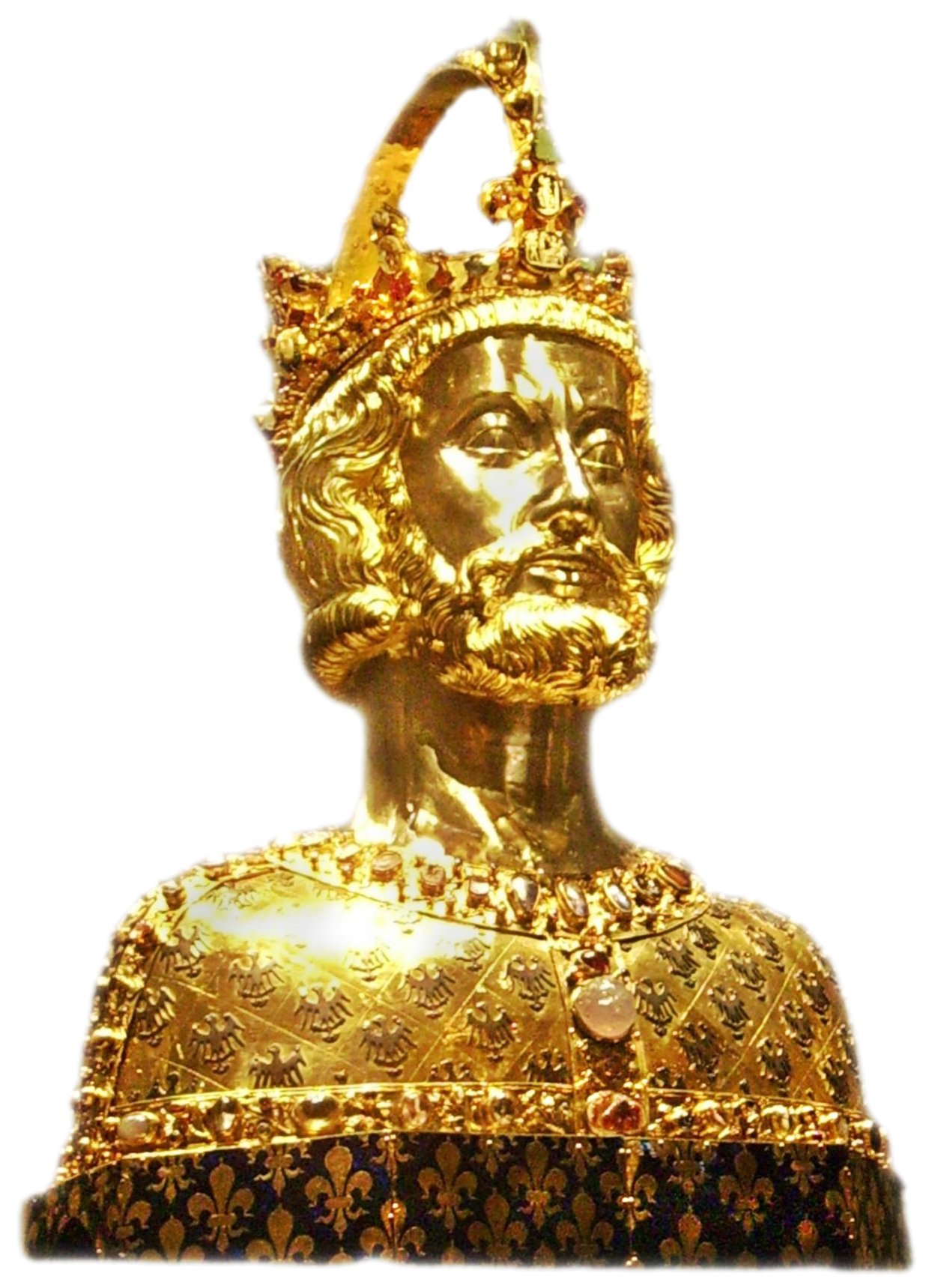



.jpg)


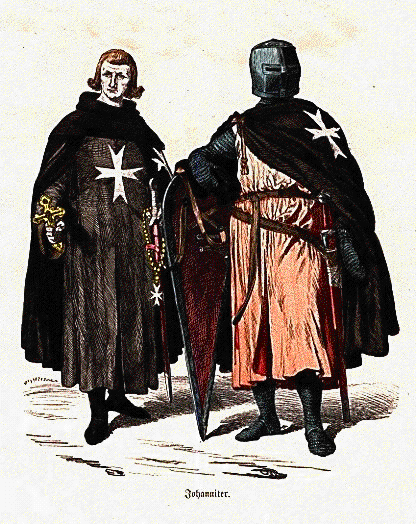

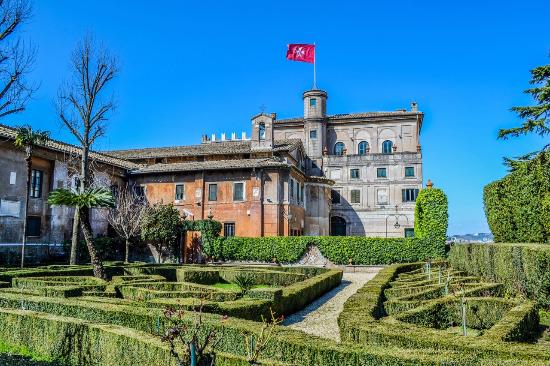


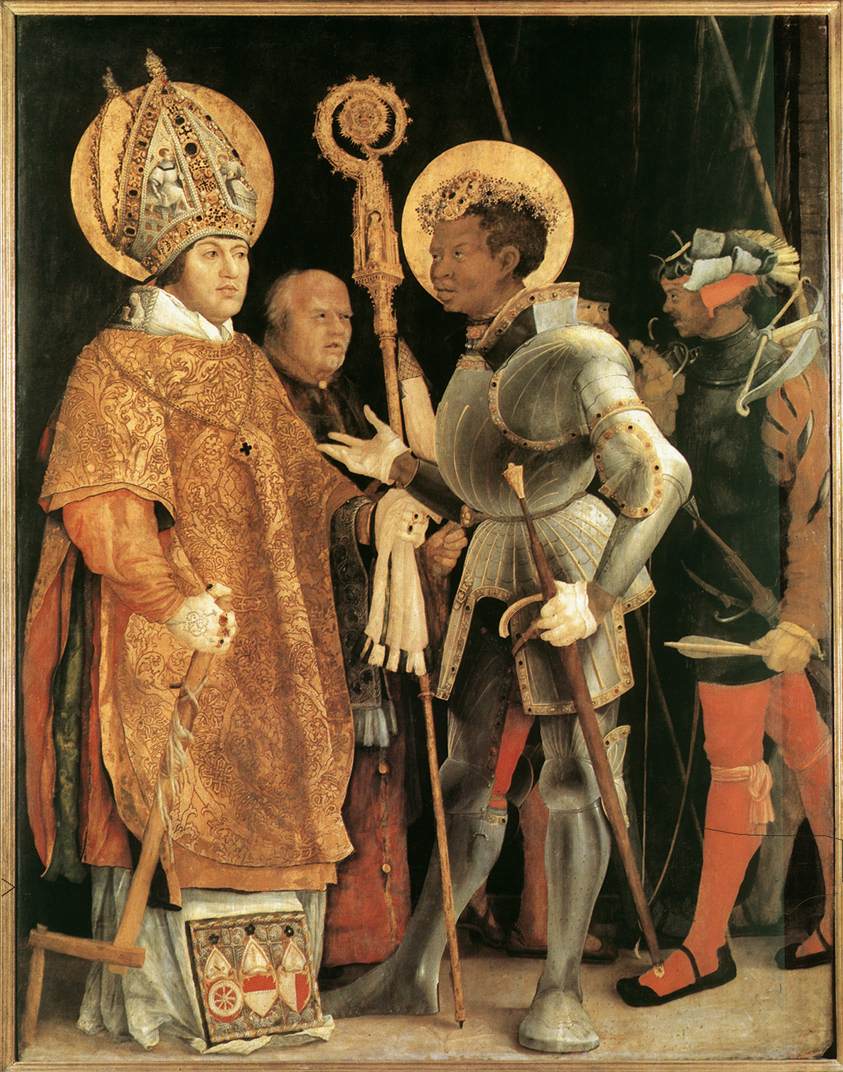
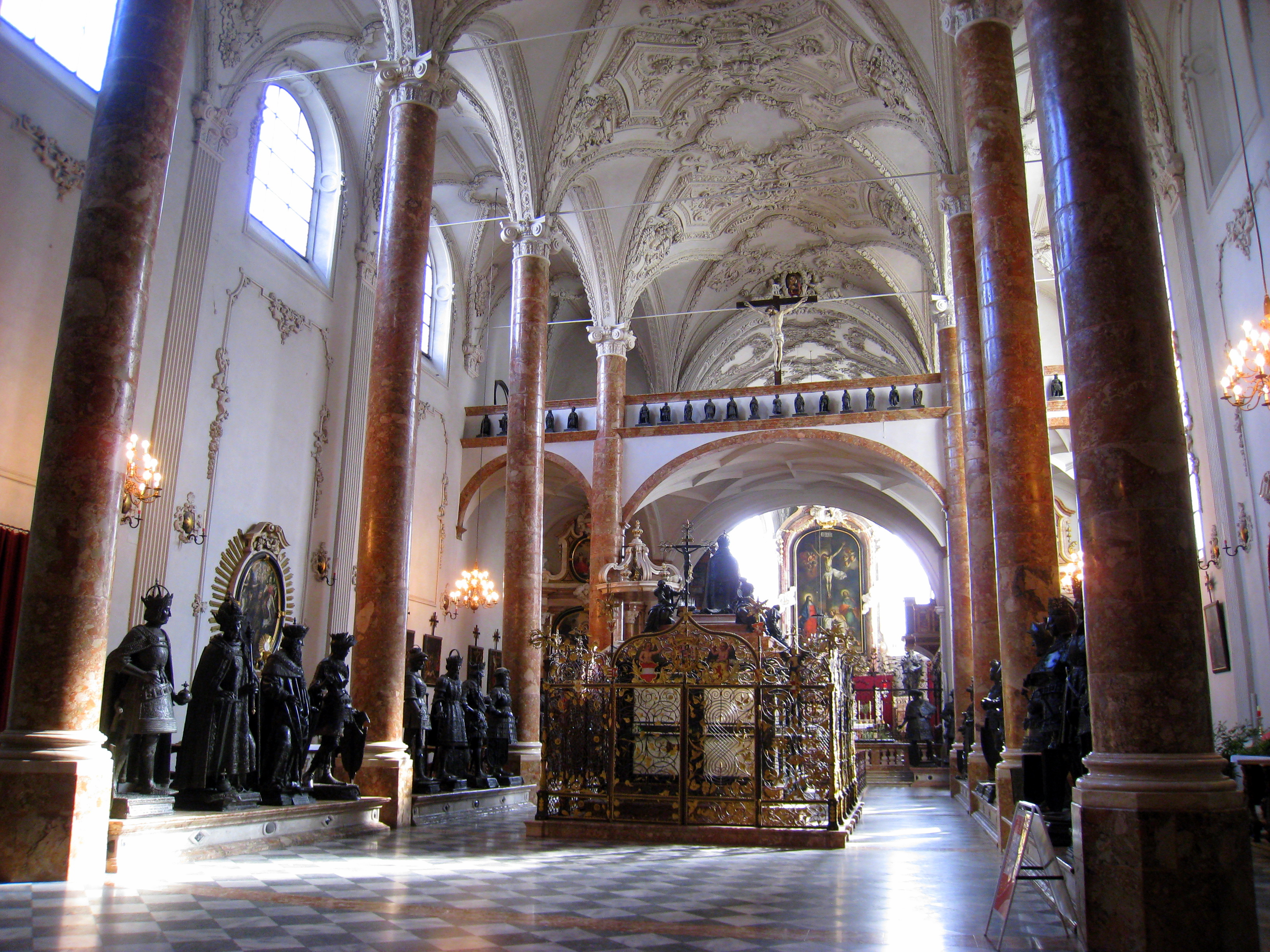


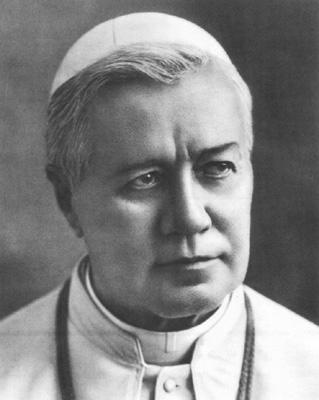






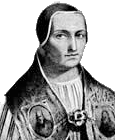






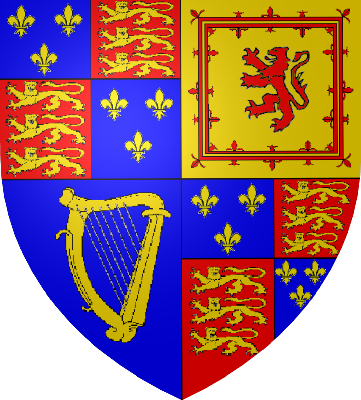
_-002.jpg/220px-Circle_of_Anton_Raphael_Mengs,_Henry_Benedict_Maria_Clement_Stuart,_Cardinal_York_(ca_1750)_-002.jpg)



2 comments:
Hello --
I am writing a book for a “Coming of Age” class I teach entitled “Honor and Sword.”
I would like permission to use the above photo of St. George in one of the chapters.
Could you please advise me regarding who I need to contact to receive permission to use this picture?
Thank you.
Leigh G Hinkel, M.A.
Chaplain, I.F.O.C., F.C.A.
Double-click on the picutre and it will tell you whose it is. Then ask them for permission.
Post a Comment